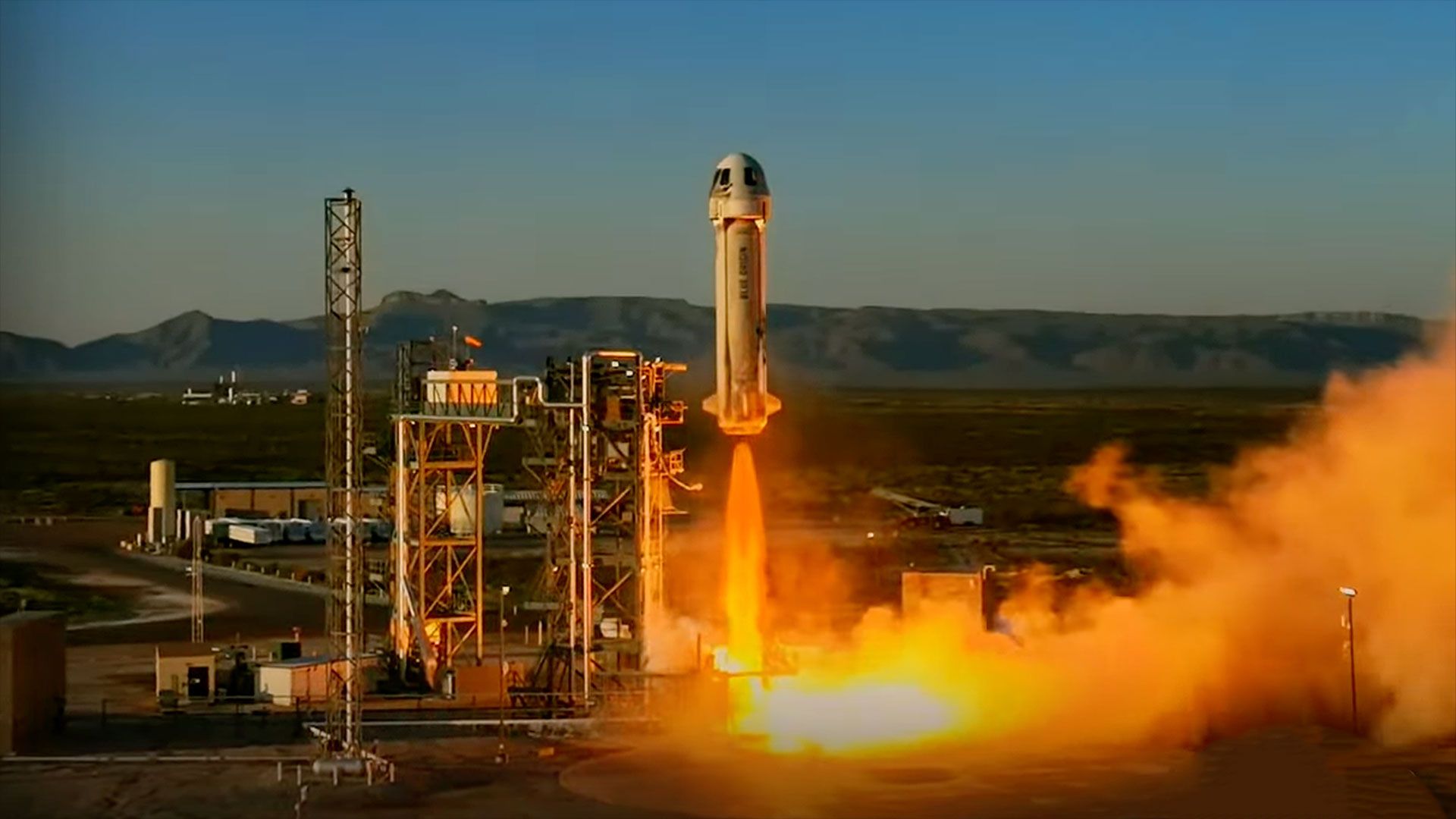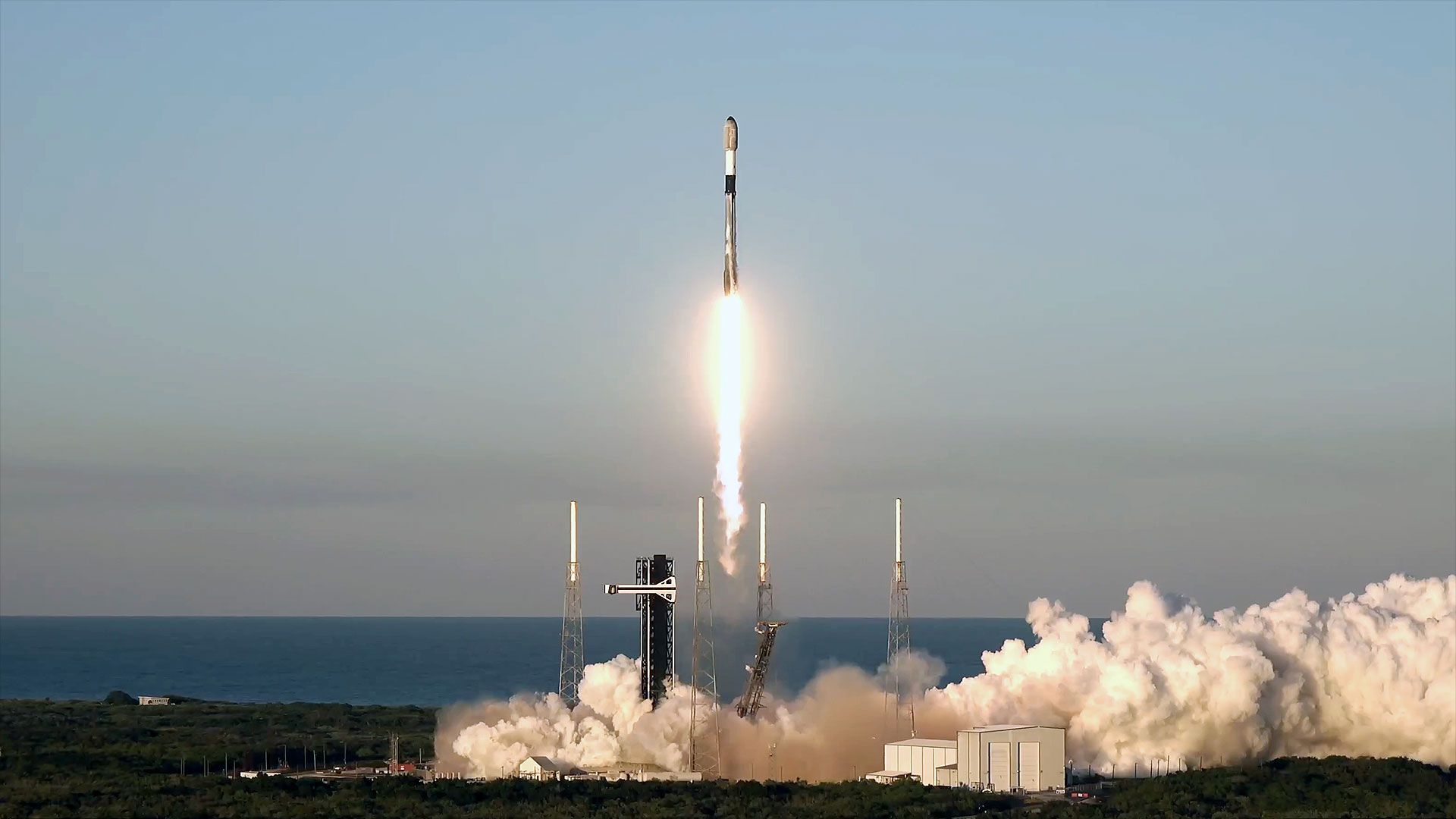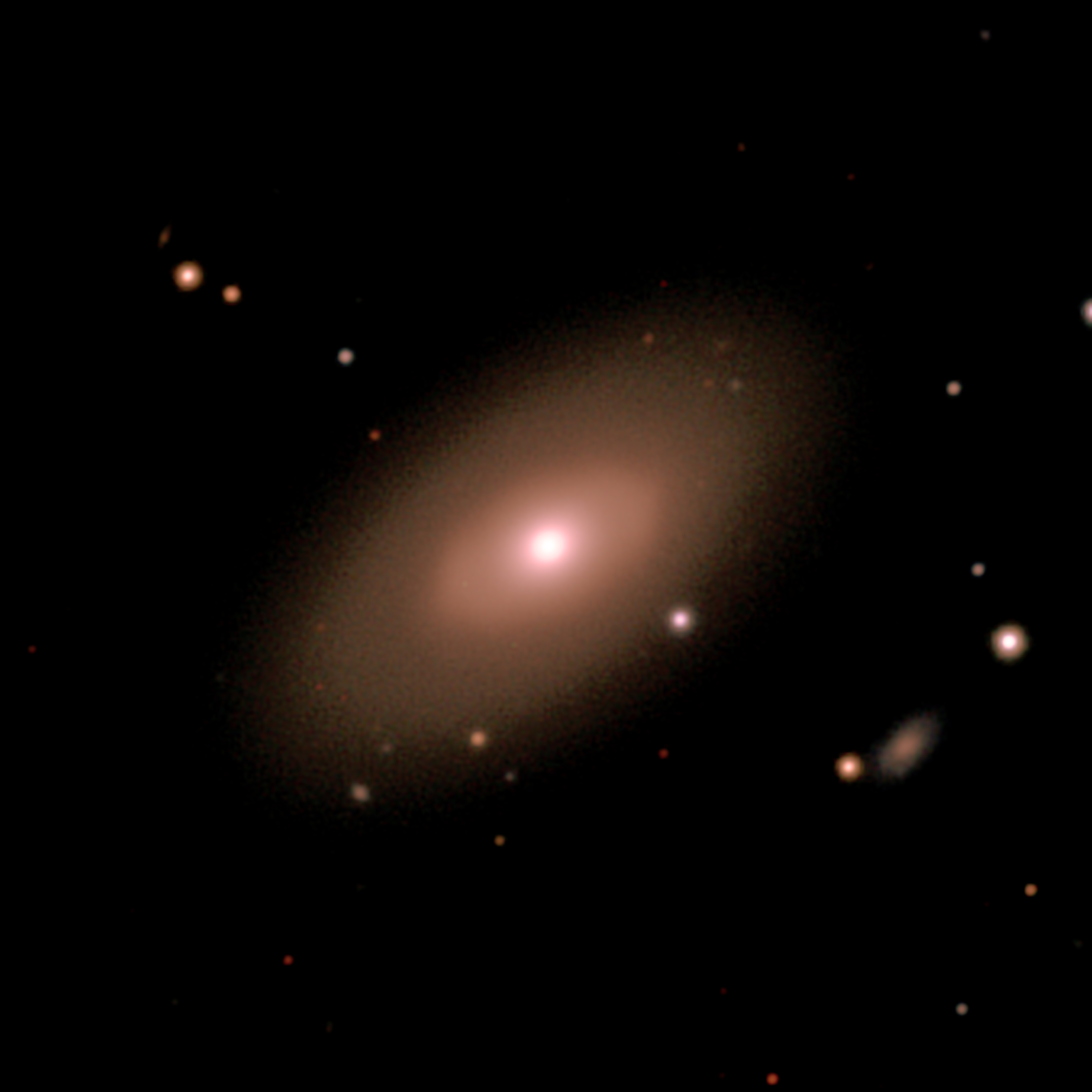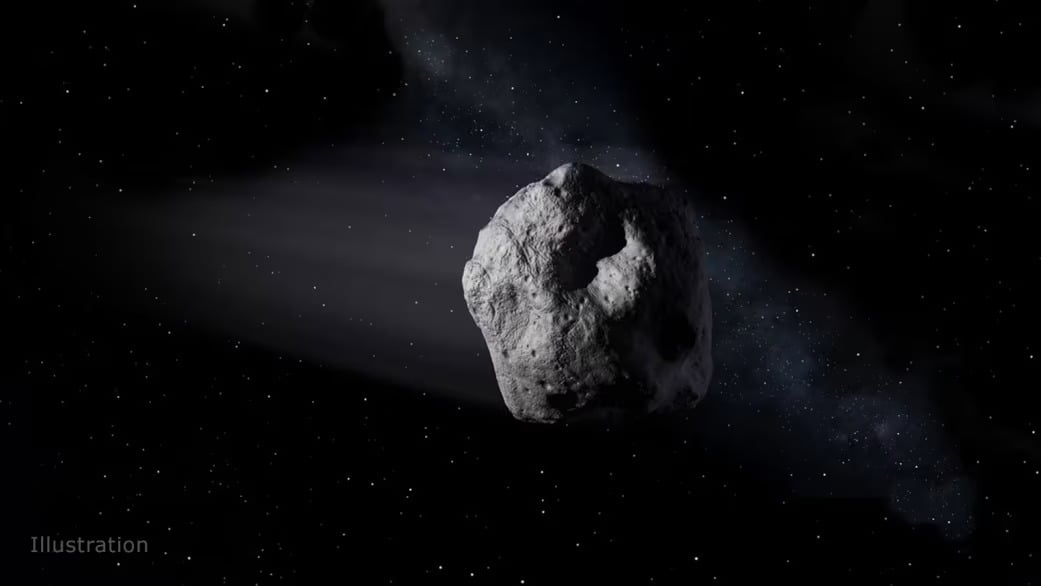
"It Was Bigger Than A Killer Whale": 66 Million-Year-Old Tooth Suggests Mosasaurs Were Hunting In Rivers, Not Just Seas - IFLScience
As if having to evade T. rexes wasn’t scary enough without these monsters lurking every time you came to drink.

All eight ISS docking ports occupied for the first time, Expedition 74 begins - NASASpaceFlight.com -
After the arrival of the MS-28 spacecraft on Nov. 27, all eight docking ports on…

'It's amazing' – the wonder material very few can make - BBC
Just a handful of companies can make cadmium zinc telluride, a material with powerful properties.

Giant, rare 7-armed sea creature spotted in California's Monterey Bay - SFGATE
The animal, recently spotted in the depths of Monterey Bay, can reach lengths of 13 feet and weigh up to 165 pounds.

Blue Origin targeting Dec. 18 for historic 1st spaceflight of wheelchair user - Space
Liftoff of the suborbital NS-37 mission is scheduled for 9:30 a.m. ET on Dec. 18.

SpaceX launches Starlink satellites from Florida on worldwide 300th orbital flight of 2025 - Space
Liftoff occurred at 5:01 p.m. EST on Thursday (Dec. 11).

Researchers discover new protein-RNA interaction with potential to treat tissue scarring - Phys.org
A research team at Florida State University's Institute of Molecular Biophysics and Department of Chemistry and Biochemistry has discovered how a protein found in the human body interacts with RNA in a way that could lead to new treatments for tissue scarring…

NASA Selects Two Heliophysics Missions for Continued Development - NASA (.gov)
NASA has selected one small explorer mission concept to advance toward flight design and another for an extended period of concept development.

New window insulation blocks heat, but not your view - Tech Xplore
Physicists at the University of Colorado Boulder have designed a new material for insulating windows that could improve the energy efficiency of buildings worldwide—and it works a bit like a high-tech version of Bubble Wrap.

Astronomers capture close-up images of nova explosions on 2 dead stars in unprecedented detail - Space
Two new stars, or nova eruptions, have been resolved in unprecedented detail by six optical telescopes operating in unison as an interferometer.

Earth's atmosphere may help support human life on the moon - Phys.org
The moon's surface may be more than just a dusty, barren landscape. Over billions of years, tiny particles from Earth's atmosphere have landed in the lunar soil, creating a possible source of life-sustaining substances for future astronauts. But scientists ha…

Forget flowers: These ancient plants attract pollinators by getting hot - NPR
While many modern plants use colorful flowers to attract pollinators, ancient palm-like plants called cycads lure them by heating up and glowing in the infrared.

NASA’s Chandra Finds Small Galaxies May Buck the Black Hole Trend - NASA (.gov)
Most smaller galaxies may not have supermassive black holes in their centers, according to a recent study using NASA’s Chandra X-ray Observatory. This

Photographing the Andromeda Galaxy for 10 Seconds vs 10 Hours - Kottke.org
This video by Ian Lauer is an excellent accessible explanation of the basics of astrophotography as he runs through the process

Meet 2025 PN7, Earth’s Tiny Quasi-Moon - DOGO News
Meet 2025 PN7, Earth’s Tiny Quasi-Moon has 0 comments.

Mars Has a Surprising Influence on Earth's Climate, Scientists Discover - ScienceAlert
Earth's climate has swung between ice ages and warmer periods for millions of years, driven by subtle changes in our planet's orbit and axial tilt.

Einstein was right: Time ticks faster on Mars, posing new challenges for future missions - Live Science
Clocks on Mars tick faster by about 477 microseconds each Earth day, a new study suggests. This difference is significantly more than that for our moon, posing potential challenges for future crewed missions.
